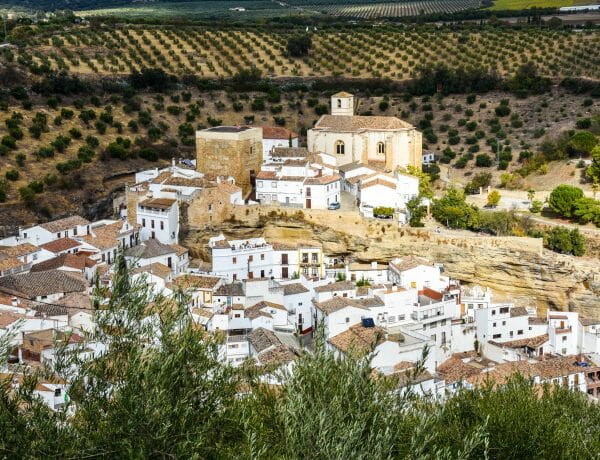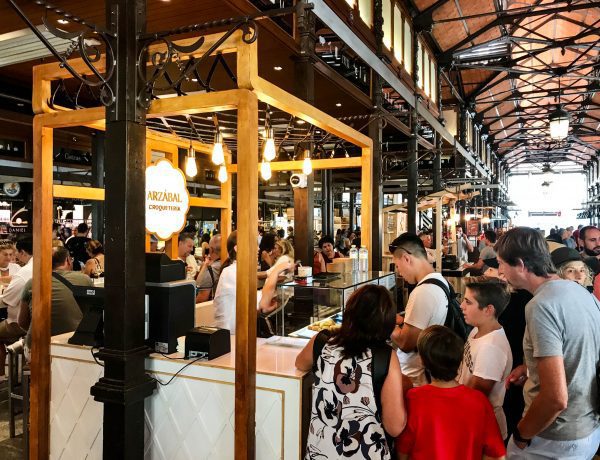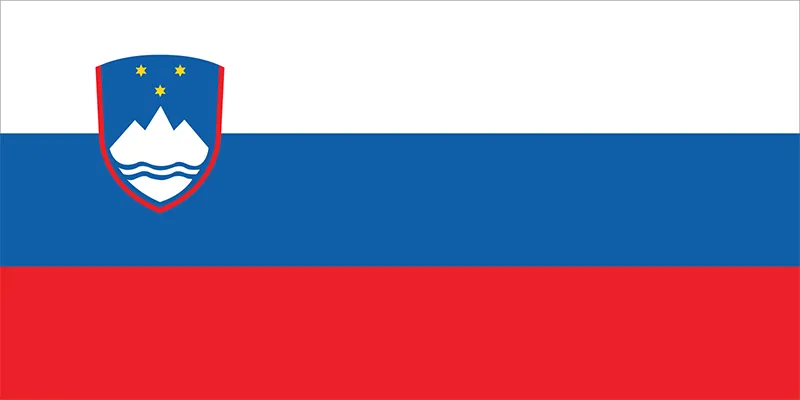
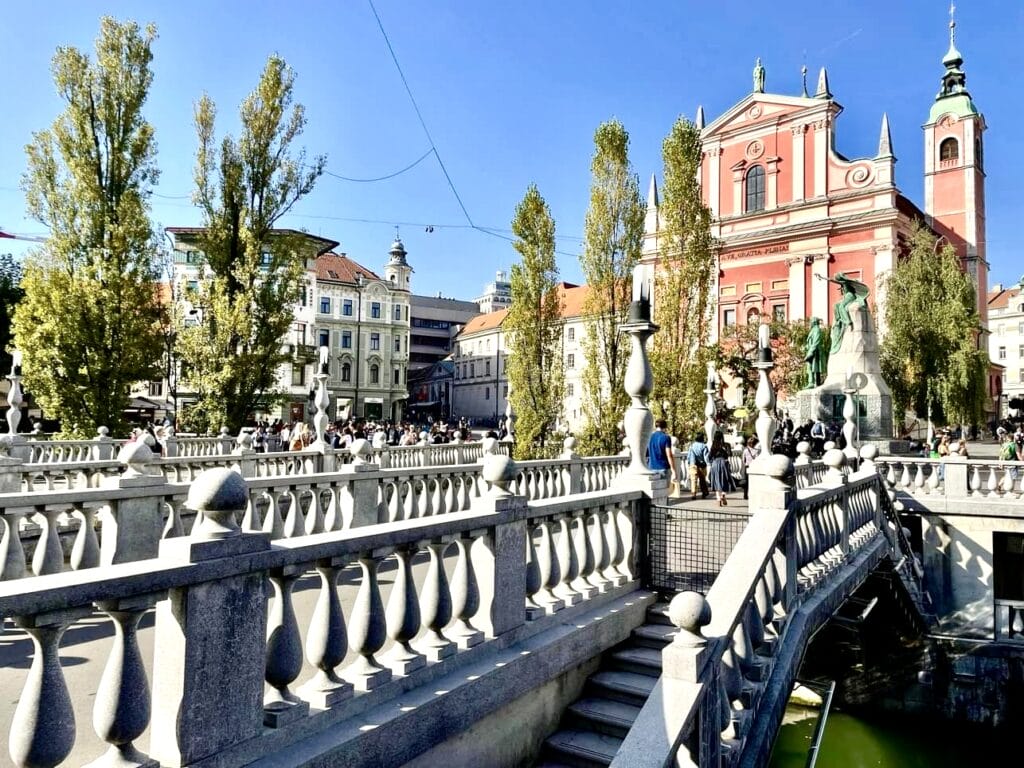

“As you travel around Slovenia,
Jacqueline Widmar Stewart, Writer
Think of the tales the hills could tell you.
Share the awe of natural wonder;
Tread the trails, but as you wander
Honor the age-old endeavors to be
Literate, informed, democratic, and free.”
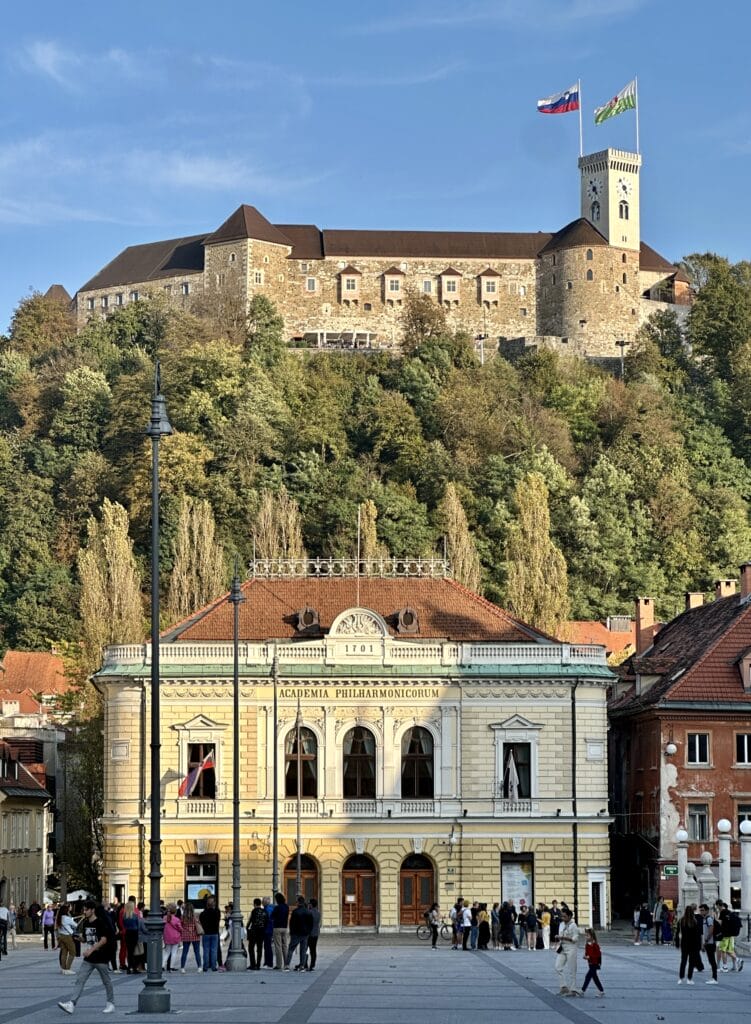

Top Seven Destinations In Slovenia
- Ljubljana: Slovenia’s capital city is known for its charming old town, vibrant cultural scene, and iconic Ljubljana Castle. The Ljubljanica River flows through the city, lined with lively cafes and beautiful bridges like the Dragon Bridge and Triple Bridge. The city’s blend of historical architecture and modern urbanism provides a unique and inviting atmosphere.
- Lake Bled: Nestled in the Julian Alps, Lake Bled is famous for its stunning emerald-green waters and the picturesque island in the center, home to the iconic Assumption of Maria Church. Visitors can enjoy boat rides, hiking, and the medieval Bled Castle perched on a cliff offering panoramic views of the lake. Its serene beauty and diverse activities make it a top tourist attraction.
- Triglav National Park: Covering much of the Julian Alps, Triglav National Park is Slovenia’s only national park and a paradise for nature lovers and adventure enthusiasts. The park is home to Mount Triglav, the highest peak in Slovenia, and features stunning landscapes, including glacial valleys, emerald rivers, and alpine meadows. Hiking, climbing, and water sports are popular activities here.
- Piran: This charming coastal town on the Adriatic Sea is known for its medieval architecture, narrow winding streets, and beautiful seaside views. The Tartini Square, named after the famous violinist and composer Giuseppe Tartini, is the town’s centerpiece, surrounded by Venetian-style buildings. Piran’s old town, historic churches, and scenic harbor make it a picturesque destination.
- Postojna Cave and Predjama Castle: One of the most visited cave systems in Europe, Postojna Cave is renowned for its stunning underground formations and vast network of tunnels and chambers. Visitors can take a guided tour, which includes a train ride through the cave, to marvel at the stalactites, stalagmites, and unique formations like the Brilliant. The nearby Predjama Castle, built into a cliff, adds to the appeal of this destination.
- Soča Valley: Known for its breathtaking turquoise river, the Soča Valley is a haven for outdoor enthusiasts and adventure seekers. The Soča River is perfect for activities such as rafting, kayaking, and fishing, while the surrounding area offers excellent hiking and biking trails. The valley’s natural beauty and rich World War I history make it a fascinating and picturesque destination.
- Vršič Pass: The highest mountain pass in Slovenia, Vršič Pass offers dramatic alpine scenery and a thrilling drive with 50 hairpin bends. This route connects the Upper Sava Valley with the Soča Valley and provides access to numerous hiking trails and panoramic viewpoints. The pass is also historically significant, featuring the Russian Chapel, built by Russian prisoners of war during World War I.
Did you know?
Country Stats
- Population: As of 2023, Slovenia’s population is approximately 2.1 million people.
- Area: Slovenia covers an area of about 20,273 square kilometers (7,827 square miles).
- Capital: The capital city of Slovenia is Ljubljana, which has a population of around 295,000.
- Language: The official language is Slovene.
- Currency: Slovenia uses the Euro (€) as its official currency.
- Government: Slovenia has a bicameral parliamentary system consisting of the National Assembly (Državni zbor) and the National Council (Državni svet).
- President: Nataša Pirc Musar
- Prime Minister: Robert Golob
- Religions: The predominant religion is Roman Catholicism, followed by small Protestant, Orthodox, and Muslim communities.
- US State Dept Risk Level: One
- GDP: Slovenia’s GDP was approximately $60 billion in 2022.
- GDP per Capita: The GDP per capita is around $28,500.
- Unemployment Rate: The unemployment rate was about 4.2% in 2022.
- Forest Cover: Forests cover approximately 58.4% of Slovenia’s land area.
- Highest Point: Mount Triglav is the highest point in Slovenia at 2,864 meters (9,396 feet).
- Coastline: Slovenia’s coastline is short, measuring about 47 kilometers (29 miles) along the Adriatic Sea.
- National Parks: Slovenia has one national park, Triglav National Park, covering about 4% of the country’s territory.
- Climate: Slovenia experiences a varied climate, with a mix of Alpine, Mediterranean, and Continental influences.
- EU Membership: Slovenia has been a member of the European Union since May 1, 2004.
- Schengen Area: Slovenia is part of the Schengen Area, allowing for passport-free travel across many European countries.
- NATO Membership: Slovenia has been a member of NATO since March 29, 2004.
- Education: Slovenia provides free primary and secondary education to its citizens.
- Tourism: In 2022, Slovenia welcomed around 6 million tourists.
- Renewable Energy: Approximately 25% of Slovenia’s energy consumption comes from renewable sources.
- Internet Penetration: About 88% of the population has access to the internet.
- Agriculture: Slovenia’s main agricultural products include potatoes, wheat, barley, and grapes.
- Industrial Sector: Key industries include automotive, pharmaceuticals, electronics, and machinery
- Life Expectancy: The average life expectancy in Slovenia is around 81 years.
- Literacy Rate: Slovenia boasts a high literacy rate of 99.7%.
Fun Facts
- Beehive Tradition: Slovenia is home to around 90,000 beekeepers and is known for its unique beehive panel paintings, a tradition dating back to the 18th century.
- Lipizzaner Horses: The famous Lipizzaner horses, known for their classical dressage, originate from the Lipica Stud Farm in Slovenia, established in 1580.
- World’s Oldest Vine: The world’s oldest vine, over 400 years old, grows in the city of Maribor and still produces grapes.
- Love for Nature: Slovenia is one of the most forested countries in Europe, with over 58% of its land covered by forests.
- Caves Galore: Slovenia has over 10,000 caves, with Postojna Cave being one of the most famous and visited.
- Mount Triglav: Climbing Mount Triglav, the highest peak in Slovenia, is a rite of passage for Slovenians.
- Green Capital: Ljubljana, the capital city, was awarded the title of European Green Capital in 2016 for its sustainable development and green spaces.
- Wine Country: Slovenia has a rich winemaking tradition, with three distinct wine regions and over 28,000 wineries.
- Language Diversity: Slovene has 46 different dialects, making it one of the most diverse Slavic languages.
- Lake Bled’s Cream Cake: The Bled Cream Cake (Kremna rezina) is a famous dessert from the Lake Bled region that is popular with tourists and locals.
- Human Fish: The olm, or “human fish,” is a unique cave-dwelling amphibian found in Slovenia’s underground waters.
- Karst Region: The term “karst” originates from the Karst Plateau in Slovenia, known for its limestone formations and underground rivers.
- Sečovlje Salt Pans: The Sečovlje Salt Pans, active for over 700 years, produce high-quality salt using traditional methods.
- Bilingual Areas: Some regions in Slovenia are bilingual, with both Slovene and Italian or Hungarian as official languages.
- Love Locks: The Dragon Bridge in Ljubljana is a popular spot for attaching love locks, symbolizing eternal love.
- Small but Diverse: Despite its small size, Slovenia has a diverse landscape, from Alpine mountains to Mediterranean coastlines.
- Pannonian Sea: Millions of years ago, Slovenia was partly covered by the Pannonian Sea, leaving behind rich fossil beds.
- Rich Biodiversity: Slovenia boasts incredible biodiversity, home to over 24,000 animal species.
- Maribor’s Lent Festival: Maribor hosts the Lent Festival, one of the largest open-air festivals in Europe, featuring music, theater, and cultural events.
- National Anthem: Slovenia’s national anthem, “Zdravljica,” is based on a poem by France Prešeren and uniquely celebrates friendship and unity among nations.
Slovenia Map
Good to know before you go
- Tipping in Slovenia is generally modest and not always expected, though it is appreciated. In restaurants, a tip of around 5-10% is customary if you are satisfied with the service, but it is not mandatory. At cafes and bars, round up the bill to the nearest euro or leave some small change. When taking a taxi, rounding up to the nearest euro or adding a small amount to the fare is customary. In hotels, tipping is not obligatory, but leaving a few euros for housekeeping if you stay for several days or tipping the bellhop 1-2 euros per bag for good service is nice. For other services, such as hairdressers, spa treatments, or tour guides, a small tip of 5-10% of the service cost is appropriate. While tipping is not a strict requirement in Slovenia, it is always a nice gesture for good service, and modest amounts are generally the norm.
- In Slovenia, dress styles vary depending on the occasion and season, reflecting both modern European trends and traditional influences. For everyday wear, Slovenians typically dress casually and practically, with jeans, t-shirts, sweaters, and comfortable shoes being common. In urban areas like Ljubljana, people tend to dress stylishly, following contemporary fashion. During the colder months, warm clothing such as heavy coats, scarves, hats, gloves, and boots is essential. For social events and dining out, smart casual attire is generally appropriate, with Slovenians dressing neatly and elegantly.
- Traditional Slovenian clothing featuring intricate embroidery and colorful patterns is worn mainly during cultural festivals, folk performances, and national celebrations. Overall, Slovenian dress reflects a blend of practicality and style, with a respect for tradition on special occasions and a keen sense of contemporary fashion in daily life.
- Driving in Slovenia is generally a pleasant experience, with well-maintained roads and scenic routes that showcase the country’s beautiful landscapes. The road network is modern and extensive, including highways (avtoceste) that connect major cities and regions. These highways are well-marked, and traffic signs follow international standards, making navigation straightforward for visitors. Speed limits are typically 50 km/h (31 mph) in urban areas, 90 km/h (56 mph) on regional roads and 130 km/h (81 mph) on highways. Traffic laws are strictly enforced, and fines for violations can be hefty.
- Slovenia requires drivers to purchase a vignette and a toll sticker to use highways. These can be purchased at gas stations, post offices, and border crossings. Most rental car companies will provide this, so check before leaving the rental counter.
- Driving conditions vary with the seasons. In winter, snow and ice can make driving challenging, especially in mountainous areas, so winter tires are mandatory from November 15 to March 15. It’s also wise to carry snow chains when traveling to higher altitudes. During the summer, road trips can be delightful, with many scenic routes leading through picturesque villages, wine regions, and stunning natural landscapes.
- Fuel stations are readily available, and many operate 24 hours, especially along highways. Parking in cities can be a bit tricky, with limited spaces and paid parking zones, so using public parking garages is often the best option.
- Slovenia offers a high quality of life characterized by a blend of economic stability, social welfare, and natural beauty. As a member of the European Union, Slovenia benefits from a well-developed infrastructure, including modern healthcare and education systems accessible to all residents.
- Slovenia boasts a rich cultural heritage, a vibrant arts scene, and a strong sense of community. Its diverse landscape, from Alpine mountains to Mediterranean coastlines, provides ample opportunities for outdoor activities such as hiking, skiing, and exploring charming villages.
- With relatively low crime rates, a stable political environment, and a strong emphasis on environmental sustainability, Slovenia offers a peaceful and attractive living environment for its residents.
- Public restrooms in Slovenia are generally clean, well-maintained, and readily available in urban areas, tourist spots, and transportation hubs like train stations and airports. They typically require a small fee for use, usually around 0.50 to 1.00 euros, so carrying change is advisable. These facilities adhere to high cleanliness standards.
- Visitors to Slovenia can immerse themselves in a rich tapestry of cultural traditions that reflect the country’s diverse heritage and unique identity. Here are some key cultural aspects and traditions to know:
- Slovenia has a vibrant folk music and dance tradition, with regional variations in costumes and rhythms. The “kolo,” a circular dance, and the “polka” are popular dances performed during festivals and celebrations.
- Slovenia is home to various ethnic communities, each contributing to the country’s cultural mosaic. The Italian and Hungarian minorities have preserved their languages and customs in regions like Primorska and Prekmurje, respectively.
- Slovenian cuisine reflects its geographical diversity, blending Alpine, Mediterranean, and Eastern European influences. Traditional dishes include “potica” (nut roll), “žlikrofi” (dumplings), “kranjska klobasa” (Carniolan sausage), and hearty soups like “jota.”
- Slovenia has a rich tradition of craftsmanship, particularly in wood carving, lace making, and pottery. Artisanal products, such as “čipka” (lace) from Idrija and hand-carved wooden goods from Ribnica, are highly valued.
- Slovenia has a long history of winemaking, with numerous wine regions producing high-quality wines. Wine festivals, such as the St. Martin’s Day celebration in November, showcase local wines and culinary specialties.
- Slovenian towns and cities boast a blend of architectural styles, from medieval castles and Baroque churches to Art Nouveau buildings in Ljubljana. UNESCO-listed sites like Škocjan Caves and the Idrija Mercury Mine highlight the country’s cultural and historical significance.
- Festivals like the Ljubljana Festival, Lent Festival in Maribor, and the Kurentovanje Carnival in Ptuj offer insights into Slovenian culture through music, theater, dance, and traditional costumes.
- The people of Slovenia are generally known for their warm hospitality, friendliness, and strong sense of community. Slovenians take pride in their cultural heritage and traditions, which are often characterized by a blend of Central European and Mediterranean influences. They are known for being industrious and hardworking. Their identity is shaped by a deep connection to their land and a resilient spirit forged through centuries of historical challenges and achievements.
- Greetings in Slovenia are characterized by politeness and warmth. When meeting someone new or in formal settings, a handshake is customary, while friends and acquaintances may greet each other with a hug or a kiss on the cheek. Common greetings include “Dobro jutro” (Good morning), “Dober dan” (Good day), “Dober večer” (Good evening), and “Živijo” or “Pozdravljeni” (Hello). When parting ways, it is polite to say “Nasvidenje” (Goodbye) or “Adijo” (Bye), with “Čao” used informally among friends.
- Table manners in Slovenia emphasize respect for etiquette and hospitality. Guests typically wait to be seated or follow the host’s lead in seating arrangements. Utensils are used from the outside inwards, with forks held in the left hand and knives in the right for cutting, then switching the fork to the right hand for eating. Bread is broken into small pieces rather than cut with a knife, and meals are enjoyed at a relaxed pace with conversation flowing between bites. Napkins are placed on the lap upon seating and used to blot the mouth gently.
- Toasting is common, often accompanied by a simple “Na zdravje!” (To your health!). It’s customary to finish everything on one’s plate as a sign of appreciation to the host.
- Family holds significant importance in Slovenian culture, representing a cornerstone of social life and identity. Slovenians generally prioritize close-knit family ties, with extended family networks often playing a central role in daily life and support systems.
- Respect for elders and familial authority remains strong, influencing decision-making and social interactions. This emphasis on family unity and cohesion contributes to a sense of stability, belonging, and mutual care within Slovenian society.
- It is a safe country with low crime.
Slovenia Essential Info
U.S. Consular Emergency
The 24-hour number from a U.S. Phone is 1-888-407-4747
Outside of U.S. 011-202-501-4444
U.S. Embassy Ljubljana
Prešernova 31
1000 Ljubljana
Telephone
+386 (1) 2005500
Email
LjubljanaVisa@state.gov
Website for Slovenia Embassy
https://si.usembassy.gov/
Emergency Numbers
GENERAL 112
Police 113
Country Code
+386
Time Zone
UTC
Adaptors for Slovenia
“Standard” Euro plug
Type C or F
Driving
Right side
Official Slovenia Tourism Office
When to go to Slovenia
The best time to visit Slovenia largely depends on your interests and preferred activities, as each season offers unique experiences:
- Spring (March to May): This season is ideal for mild weather, blooming flowers, and fewer crowds. It’s perfect for outdoor activities like hiking, cycling, and exploring Slovenia’s natural beauty.
- Summer (June to August): Summer is peak tourist season with warm weather, longer days, and a vibrant atmosphere. It’s great for enjoying outdoor festivals, swimming in lakes, and exploring cultural attractions. However, popular tourist spots can be crowded during this time.
- Autumn (September to November): Autumn brings cooler temperatures and stunning foliage, making it a picturesque time for hiking, wine tasting in vineyards, and enjoying harvest festivals. It’s less crowded than summer but still offers pleasant weather.
- Winter (December to February): Winter is ideal for skiing and snowboarding in the Slovenian Alps, particularly in resorts like Kranjska Gora and Vogel. Ljubljana and other cities also have charming Christmas markets and festive events.
Overall, the best time to visit Slovenia depends on whether you prefer outdoor activities in warmer months or winter sports and cultural events in colder seasons.
Our Favorite Resources
This resource section contains some Amazon affiliate links. If you use these links to buy something, we may earn a small commission at no additional cost to you. Thank you!
Travel Books/Guides
The Rough Guide to Slovenia (Travel Guide with Free eBook) (December 2023) Discover Slovenia with this comprehensive and entertaining travel guide, packed with practical information and honest recommendations by our independent experts. Whether you plan to explore Ljubljana’s charming old town, go hiking in the Julian Alps, or marvel at the stunning Lake Bled, The Rough Guide to Slovenia will help you discover the best places to explore, eat, drink, shop, and sleep along the way. Discover this fantastic travel guide here.
Rick Steves Croatia and Slovenia (2023) Full disclosure: we are huge Rick Steve fans; it will be rare not to recommend one of his fantastic guides. We love his travel style and perspective. His off-the-beaten-path approach, together with his independent travel philosophy, matches well with how we travel. The guides never disappoint and are an excellent resource. This great travel companion is full of expert advice and independent reviews on what to see and do, plus detailed itineraries and suggestions for exploring this fascinating country. He offers a pocket guide to Vienna as well. Find this guide here.
Our favorite websites
1. Official Slovenia Tourism Office
2. U.S. Department of State: Bureau of Consular Affairs Slovenia Country Info
We cannot encourage you enough to visit this website as you plan and prepare for your trip. The U.S. Federal Government addresses the safety, security, travel risk, entry, exit, visa documents mandates, emergency U.S. and Embassy contacts, health, local laws, exceptional circumstances, threats, traveler vulnerabilities, government warnings, and transportation in Switzerland. This is your best and most reliable resource for all this critical info. Check back often before you go, as things can change quickly. Being prepared is essential in all travel, but especially internationally.
3. The Center for Disease Control and Prevention (CDC) Slovenia Travelers Health Resource
This CDC travel resource provides essential health info for your specific destination. Using their tool, you can determine which vaccines, medications, and health advice recommendations are needed for Slovenia.
Our favorite maps
Slovenia Map (National Geographic Adventure Map, 3311) Easy to read maps with practical road and travel information. These maps are meant for the adventure traveler and are very durable. Detailed highlights and weather info. Significant sites and landmarks are well-marked. Great for planning your route before your trip. Though we default to Google Maps, this came in handy when service was poor or during construction detours. Find this essential map here.
Our favorite apps
Google Maps: Trip and Holiday Organizer. The app instantly displays all your travel options, restaurants, activities, and accommodations when you enter any address, landmark, or city. We have come to rely on it when using public transportation; it has been flawless in getting us on the right bus or metro. Find it on your App Store.
Duolingo-Language Lesson Audio lessons that help improve your listening and speaking skills. Find it on your local App Store.
Rick Steves Audio Europe This app includes Rick Steve’s audio content library and provides cultural and travel information, including self-guided tours of top attractions and historic walks. It is a must-have. Find it on your local App Store.
Google Translate: We use this often to practice proper pronunciations of the three languages you will encounter in Switzerland. Most Swiss speak excellent English as it is their official language. In encounters with older residents, though, their English was rough. As we always encourage, it is essential to learn the basics of greeting and thanking people in the local language. Google Translate was an easy app to use. If needed, you can enter text in English, and it will speak back in the language you need to aid in communicating with locals.
Do you have a favorite Czech Republic travel resource? Share your favorites in the comments section at the bottom of this page or
© 2025 Wanderers Compass All Rights Reserved
Flights, Accommodations, and Everything You Need to Book in One Place
Are you planning a vacation this year? Start your research early to explore your options and find what fits your budget. By booking your own travel, you’ll uncover great deals and have complete control over your itinerary. The links below can be used for all elements of your trip, not just accommodations.
It is essential to price out accommodations on various sites. Expedia is a US-based company, whereas Booking.com is Europe-based. Not all properties appear on both, so it is ideal to check both out. Our personal first choice is Booking.com. If the establishment has a website, check the price there as well. Click the link below to check out hotels and vacation homes in the area. It may be just the motivation you need to start planning that next grand adventure.
Slovenia Photo Gallery


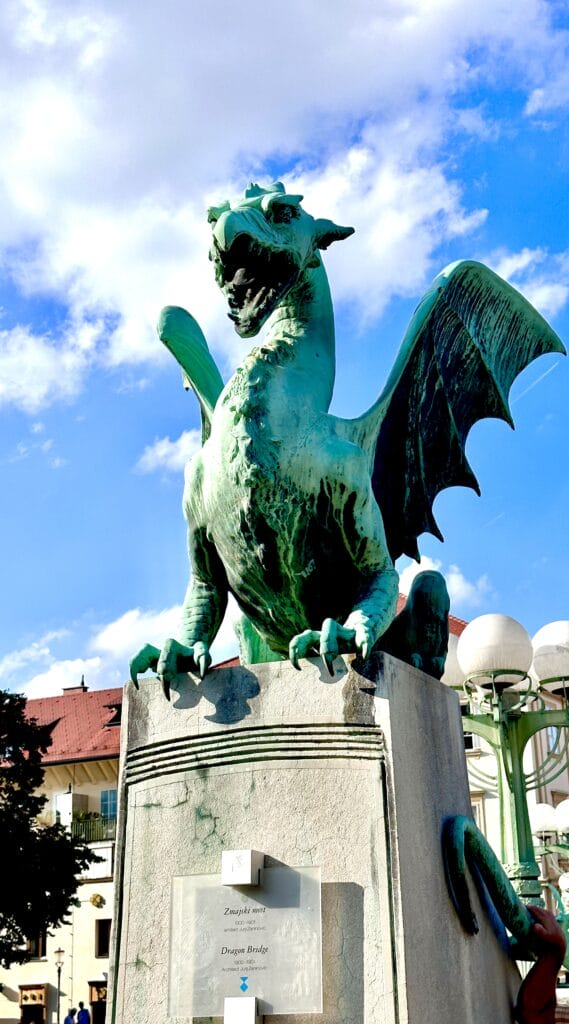
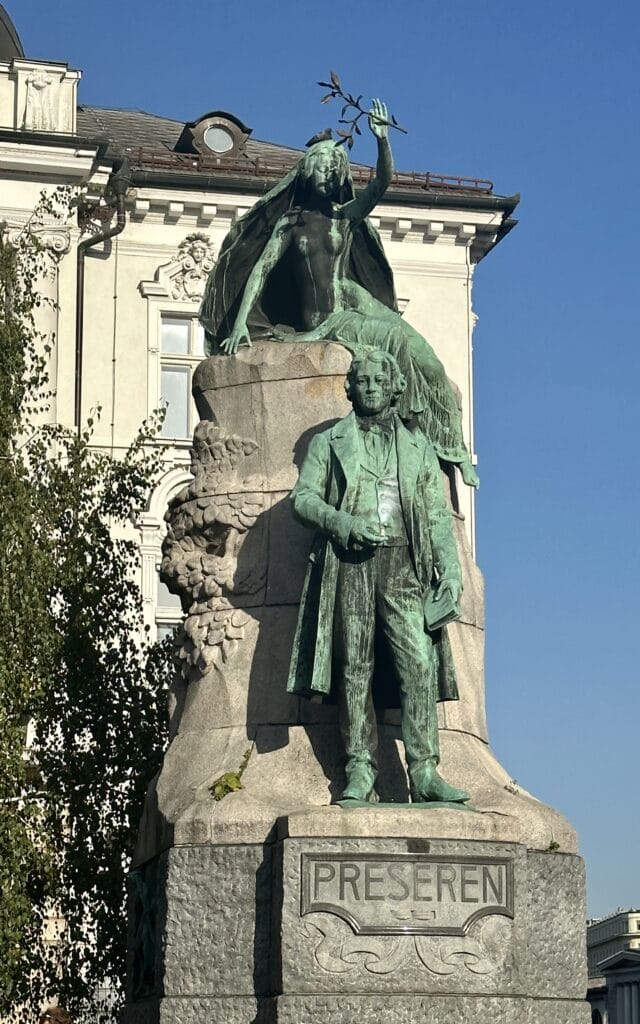



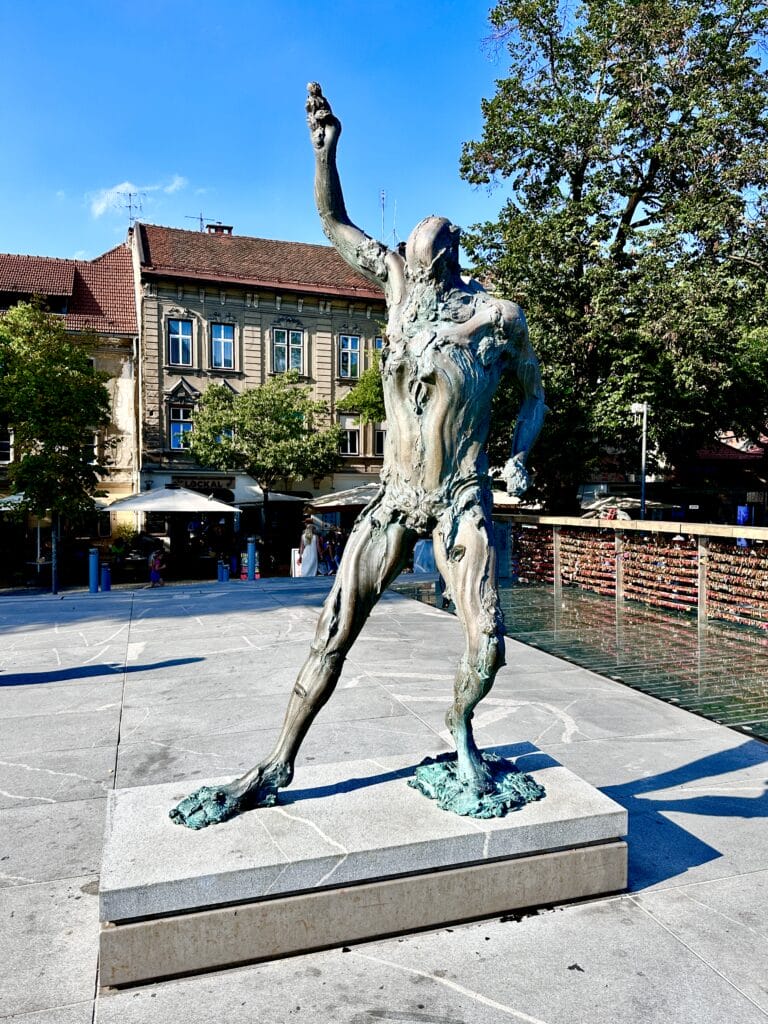






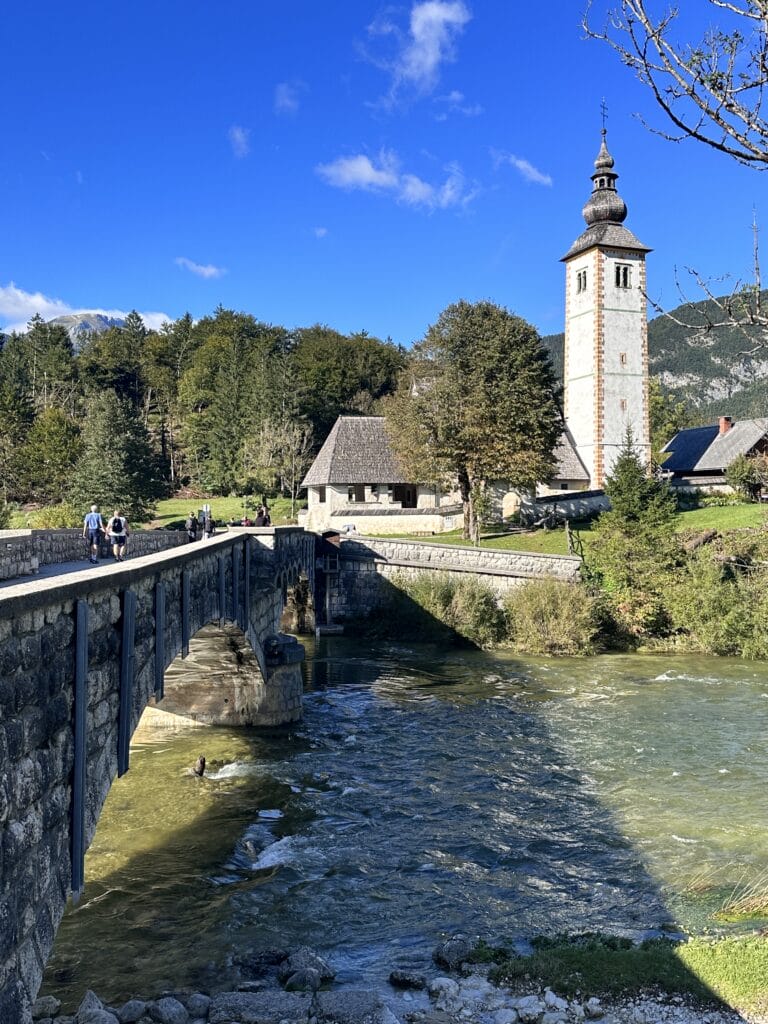
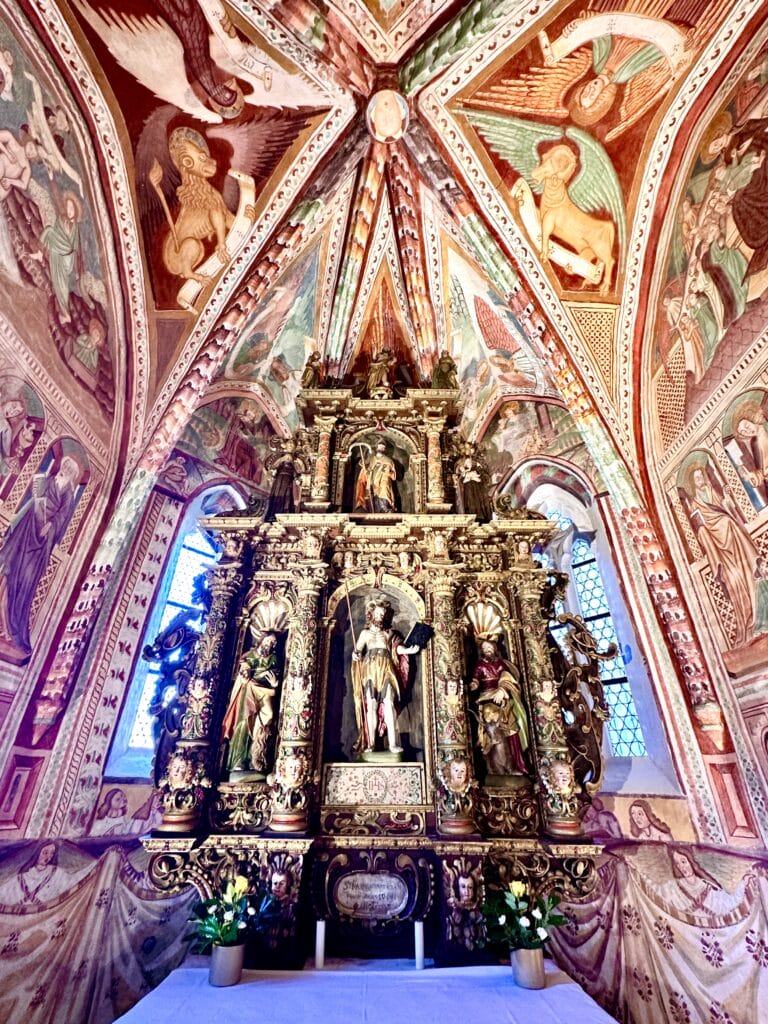





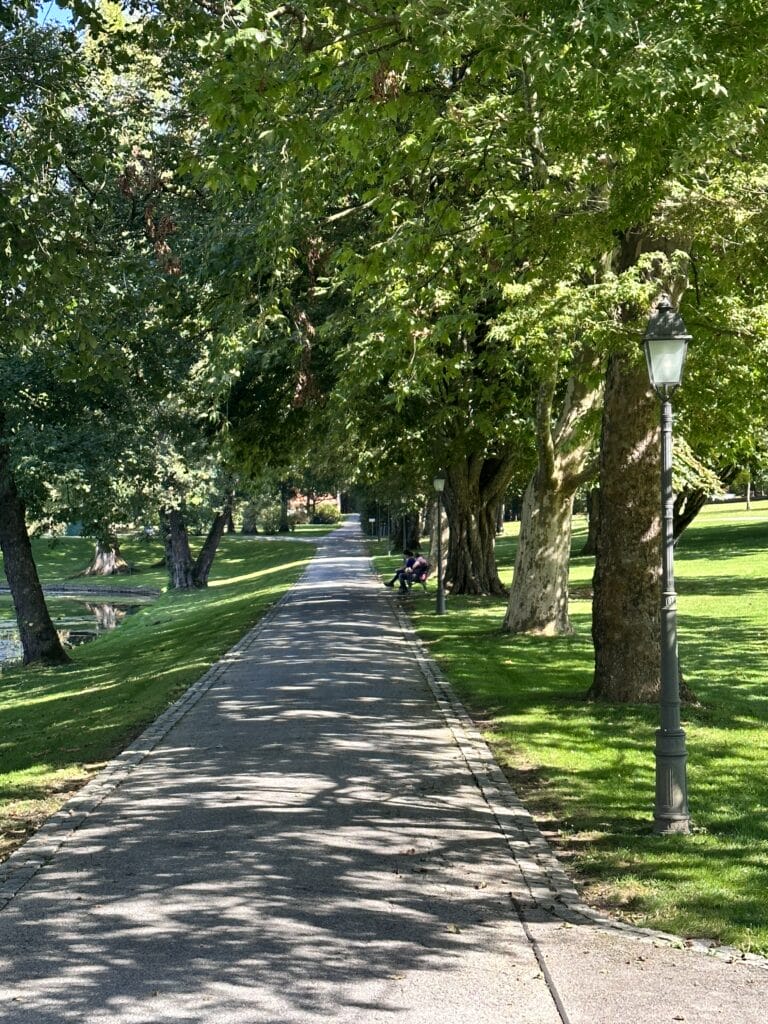





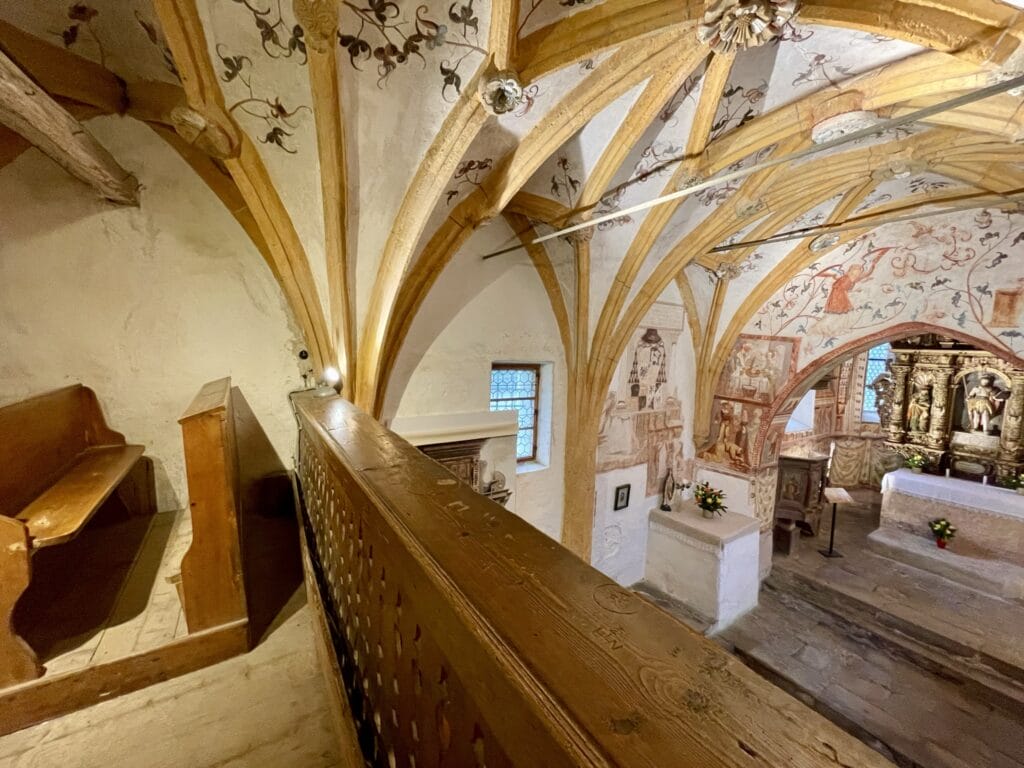



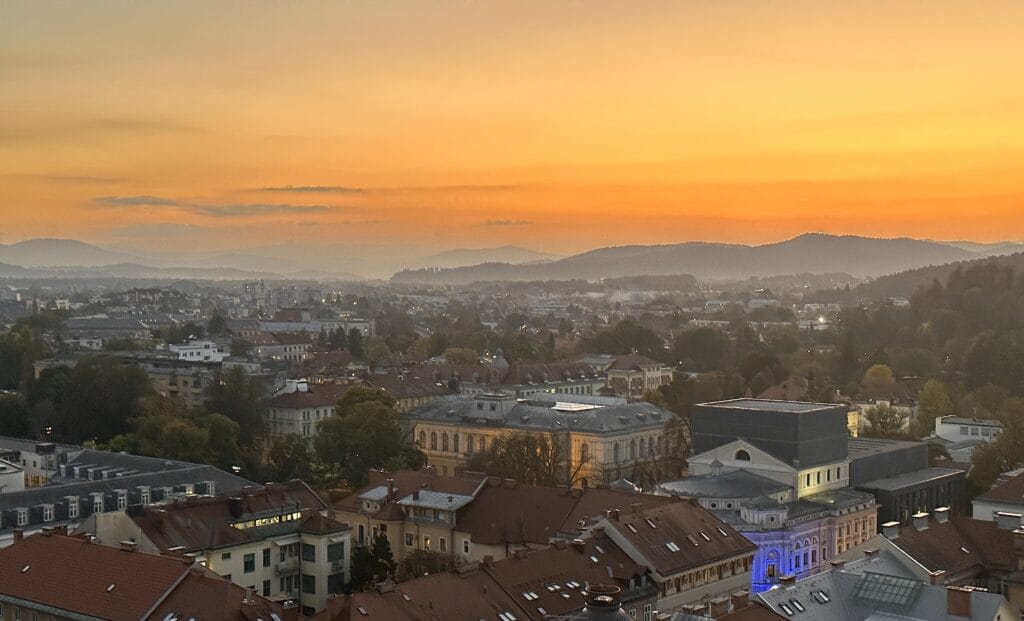




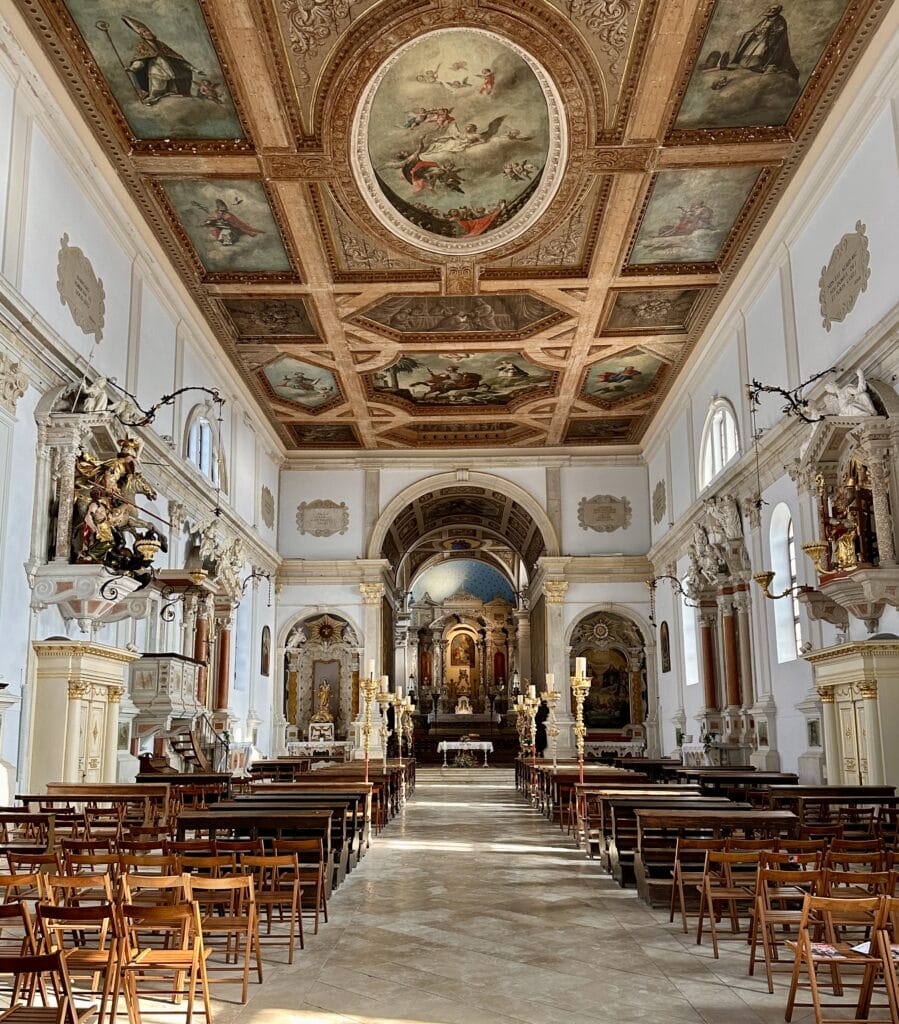



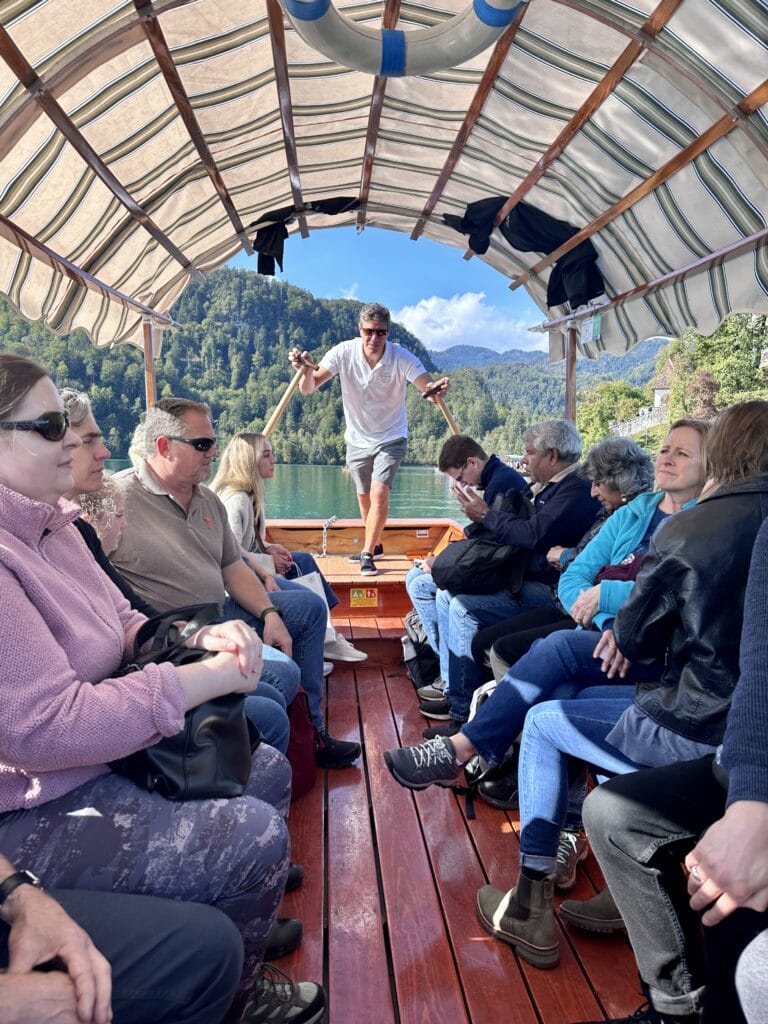

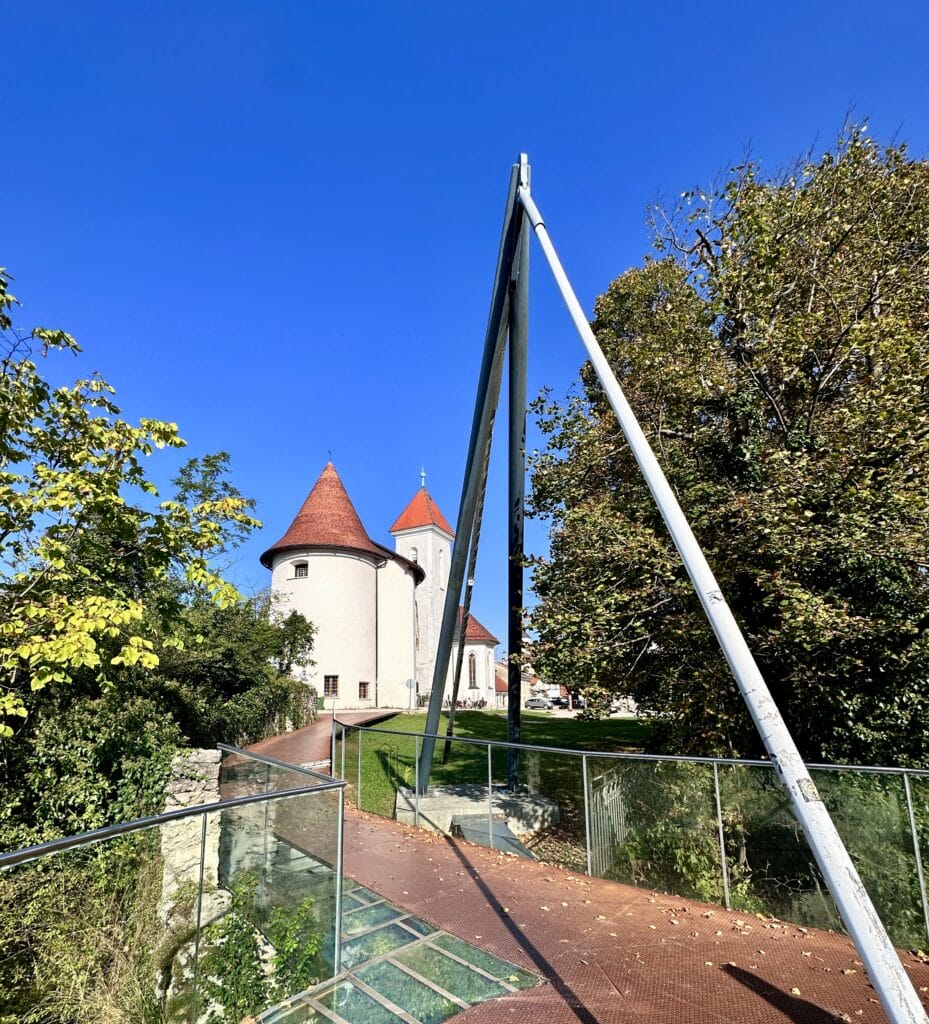


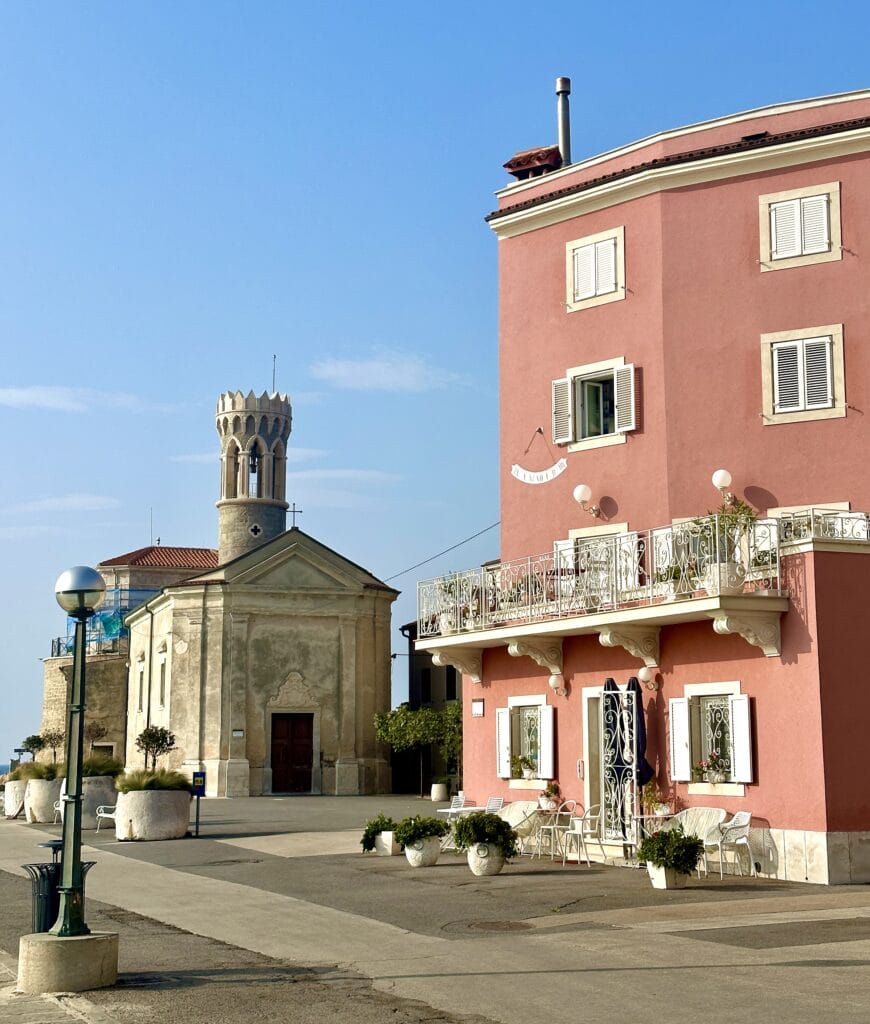

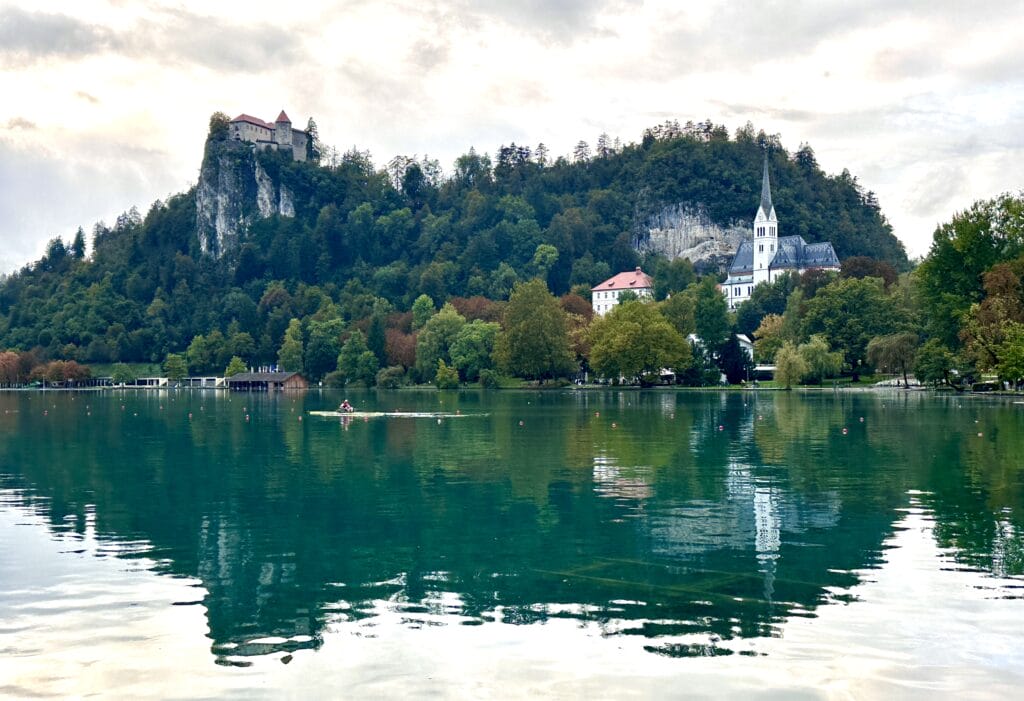





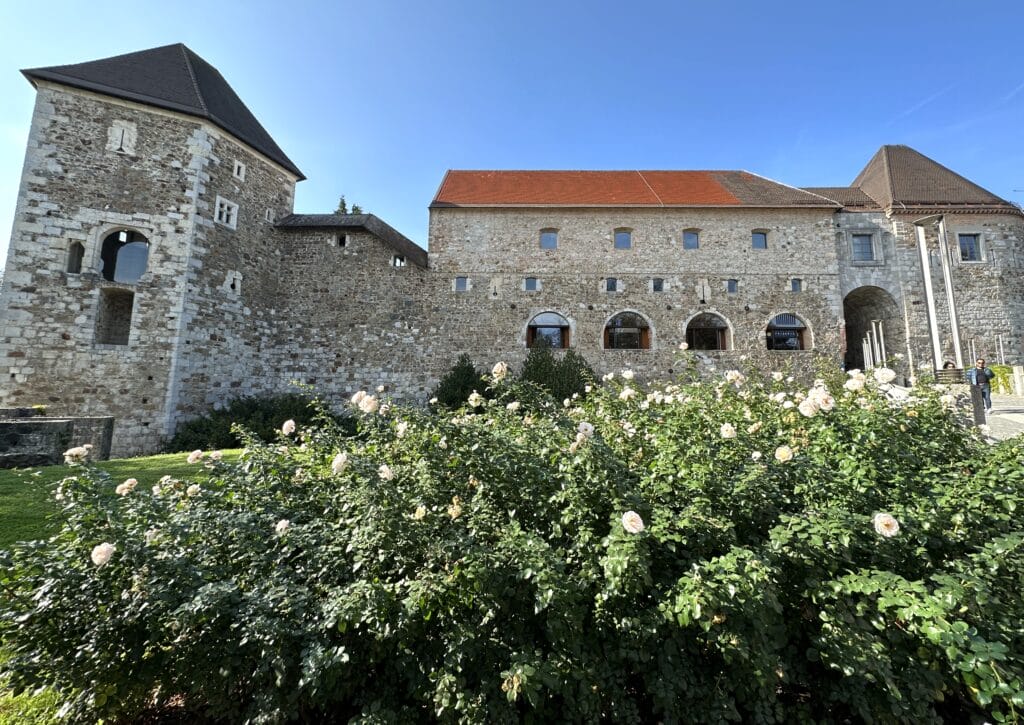





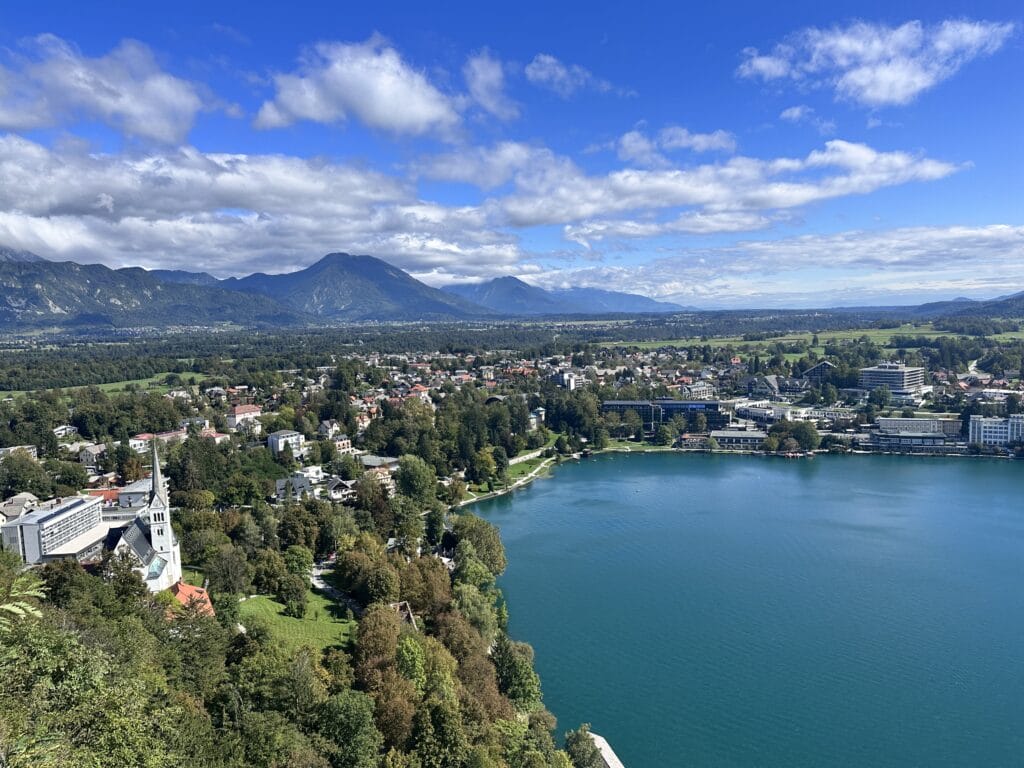

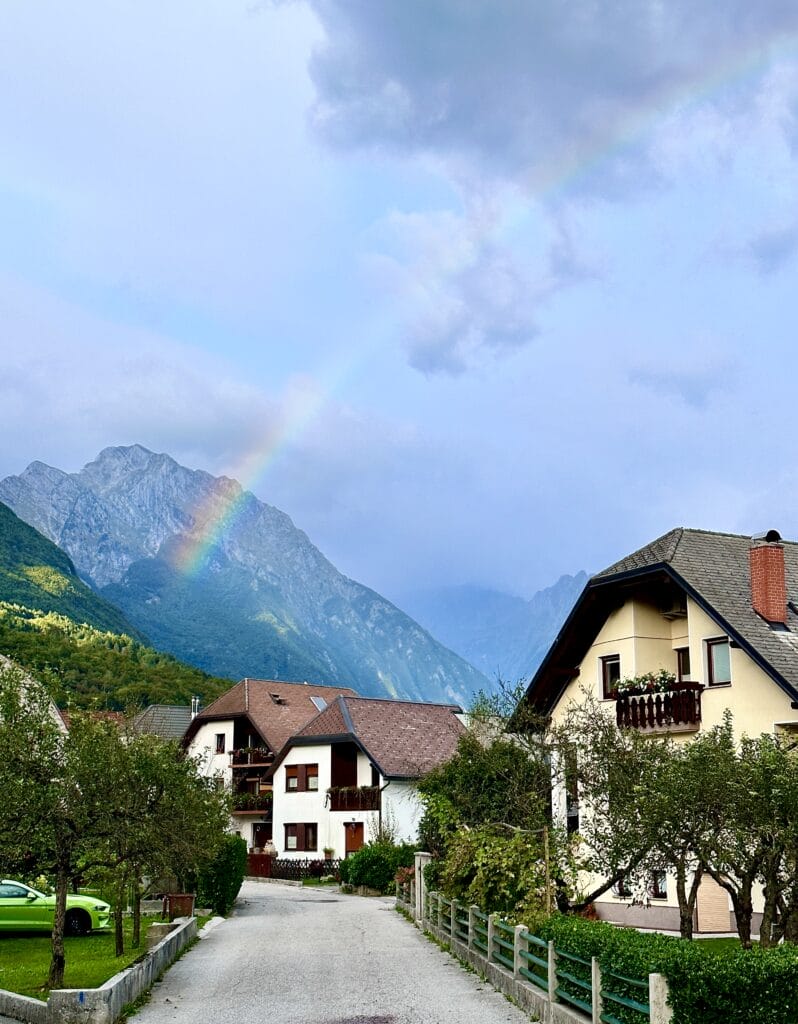
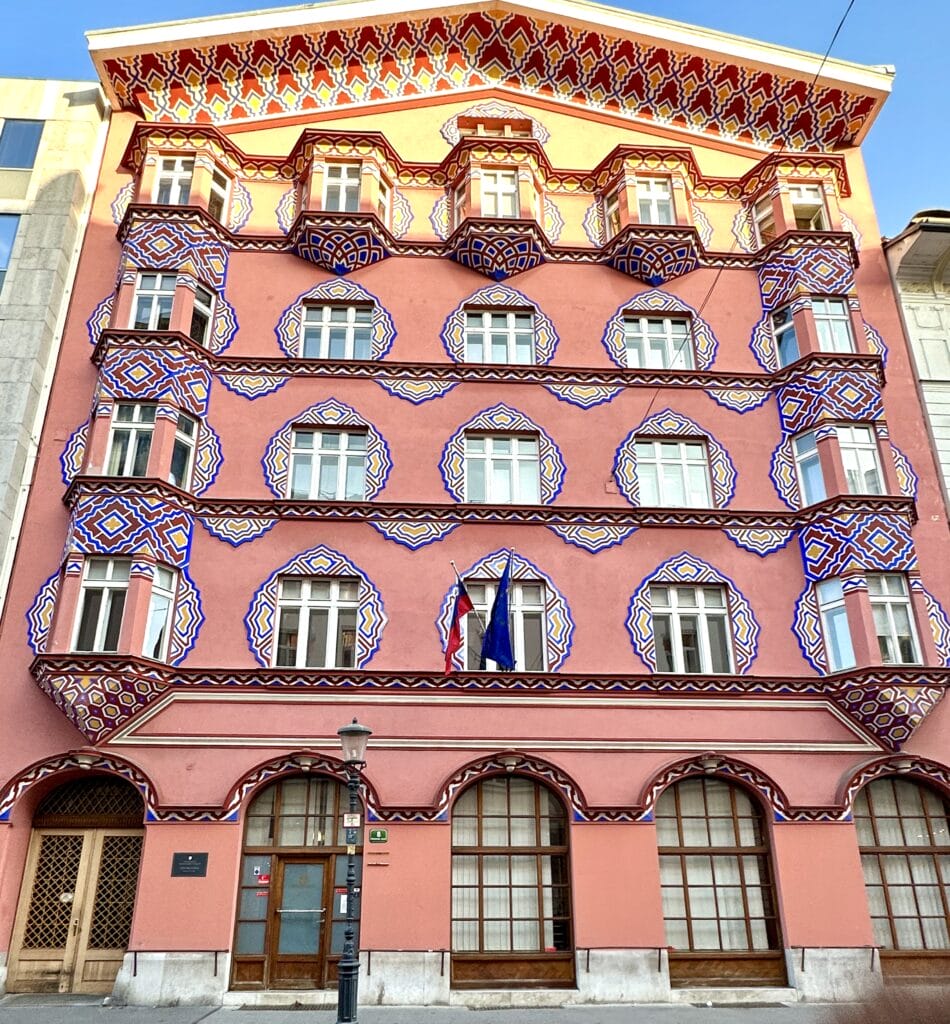






Our Top Recommended Travel Products
Travel Insurance
Squaremouth.com
Our favorite travel insurance site!
We strongly advocate for comprehensive travel insurance, not only for minor inconveniences but also for major, unexpected events like medical emergencies. We never leave home without it. Our go-to resource is Squaremouth.com. which offers a user-friendly platform that connects you with top-rated, reputable insurance carriers. Plus, they’ll mediate on your behalf if you run into any issues.
To empower you as a consumer, we recommend you read our blog post on why travel insurance is essential and how to secure the best coverage from leading companies at an affordable price.
MedjetAssist
Medical transport back home from anywhere in the world
Medjet is a leading provider of global air medical transport. Unlike traditional travel insurance, which typically covers medical evacuation to the nearest facility, Medjet goes further by ensuring you’re transported back to the U.S. to the hospital of your choice once you’re stable enough to fly. Medjet offers membership plans that focus on medical transport, while Medjet Horizon provides expanded coverage for broader protection. Individual trip policies start at just $99, and annual policies are available for around $300. Most policies have an age limit of 74.
To learn more about how Medical Evacuation membership with Medjet Assist works, check out our blog post for a more detailed review.
Accommodations and Airfare
Booking.com
Hotels, Home rentals, BNBs, Flights, and other Transportation & Tours
Booking.com connects millions of travelers to unforgettable experiences, a wide range of transportation options, and incredible places to stay—from homes to hotels and beyond. As one of the world’s largest travel marketplaces, it supports well-known brands and entrepreneurs of all sizes. For its convenience, variety, and reliability, it’s our preferred booking platform.
Transportation
Expedia and VRBO
Hotels, home rentals, BNBs, flights, and other transportation & tours
Expedia is a U.S.-based company with a mission to make global travel accessible to everyone, everywhere. At Wanderers Compass, we embrace independent travel, and platforms like Expedia are essential to making that a reality. Expedia allows you to book every aspect of your trip—from flights and accommodations to rental cars, cruises, and activities—making it a one-stop shop for all your travel needs.
Daytrip
Personalized city-to-city private car transfer service
Daytrip provides an affordable private car service for city-to-city transfers worldwide, and we absolutely love their service. It’s a cost-effective alternative to renting a car, providing comfortable, stress-free travel with the bonus of scenic stops along the way. For example, we used Daytrip for travel between Budapest and Vienna, enjoying some fantastic detours to local attractions. With professional drivers and customizable routes, Daytrip ensures a smooth ride while allowing you to explore hidden gems and unique sights along your journey.
To learn more about how Daytrip, check out our blog post for a more detailed review.
Travel Experiences
Viator
The leading marketplace for travel experiences
Viator believes that travel is all about creating unforgettable memories. With over 300,000 experiences to choose from—ranging from simple tours to extreme adventures, plus a wide array of unique, niche activities—it’s never been easier to make lasting memories. We frequently use Viator during our travels and especially appreciate their flexible cancellation policy, which adds peace of mind to every booking.
Communication products for seamless connectivity overseas
GigSky International eSIM Data Plans
Local Prices. No Roaming. Fastest Networks.
GigSky eSIM effortlessly connects travelers around the globe, eliminating the need to swap physical SIM cards or deal with surprise roaming charges. With affordable data plans and instant activation, you can enjoy reliable internet access in over 190 countries, making your travel experience more convenient than ever. Plus, they offer a fantastic deal: a free 100 MB data plan with no credit card required. They are so confident that you will love their service!
Enjoy 10% off all GigSky Plans (except cruise and inflight) with our discount code WCOMPASS10.
To learn more about how GigSky works, check out our blog post for a more detailed review.
Shopping
Wanderers Compass Amazon Storefront
An excellent source for all travel essentials and guides that we have vetted ourselves
Amazon is one of the world’s most comprehensive online shopping platforms, offering lower prices, a wide selection, and fast delivery through teams worldwide.
This page contains affiliate links. When you purchase through these links, we may earn a small commission at no extra cost to you. Thank you for your ongoing support!











